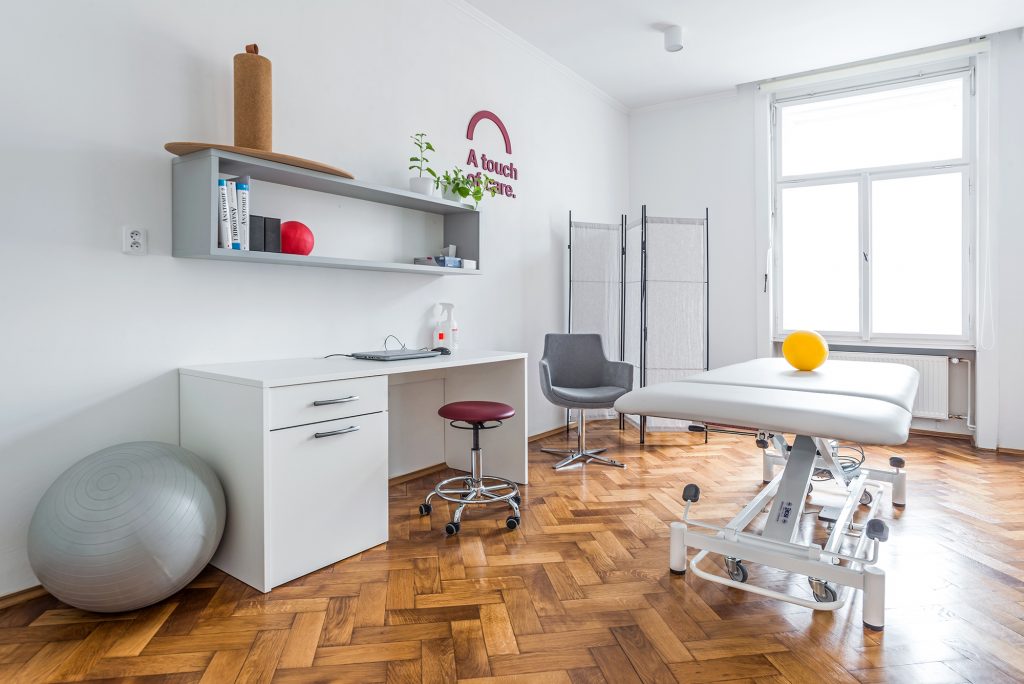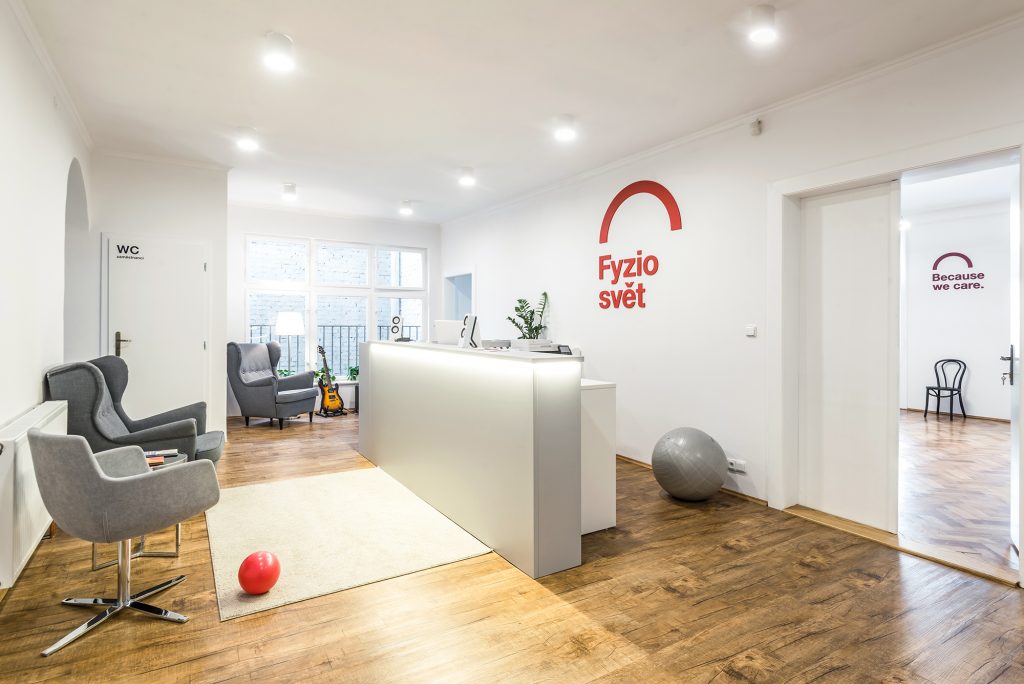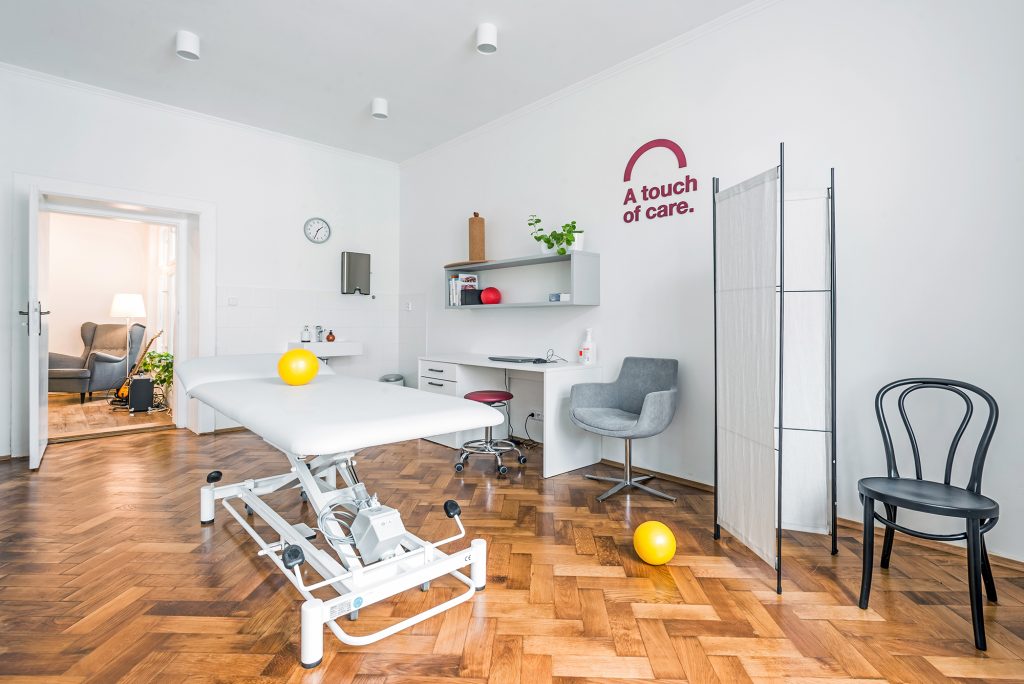Active Scars as a Source of Tension and Pain
What can a scar cause?
A scar forms as a result of wound healing. It is not of the same quality as our original tissue and lacks the same properties, such as elasticity. It passes through multiple layers of tissue, which would normally move freely against each other. A scar acts like a knot, restricting the mobility of these layers and thus limiting the movement of different parts of the body. Additionally, it can impede fluid flow, whether it be lymph or other fluids that bathe the cells, or even compress blood vessels, hindering circulation. A scar may also press on nerves, disrupting their function. All these mechanisms can interfere with the body’s functional connections. For instance, in the abdominal cavity, organs are held in place by a thin layer (the peritoneum) that covers them and creates tension, helping them expand to their optimal size. The pressure in the chest cavity further pulls the abdominal organs upward, significantly reducing their weight. It’s easy to see how abdominal surgery can create issues in a distant part of the body. Such connections exist throughout the body, meaning an injury to the ankle could potentially contribute to something like migraines.
Emotional tension can also be stored in a scar
When a scar forms after an injury or surgery linked to a stressful event, it can cause problems long after the initial trauma, not just physically, but emotionally too. If we experience a similar feeling, even if it’s less intense (like fear or anxiety), the body’s memory of that event may trigger physical symptoms. For example, anxiety might lead to increased muscle tension or even pain and cramping around an old scar from a traumatic car accident. This principle applies to other structures affected by the scar. Alternatively, touching or applying pressure to the scar may stir up unpleasant emotions. These complications are common in women who undergo an emergency cesarean section under stressful circumstances or in individuals who have had appendectomies as children or teenagers. These surgeries are often underestimated. Besides the fact that the scar is quite deep and can cause purely mechanical problems, it is also usually a young person’s first encounter with significant pain, loneliness in the hospital, and for young girls, feelings of shame.
Different scars have different characteristics:
Traditional Surgery
In the past, all surgeries were done using the traditional method, resulting in long scars to give the surgeon proper access to the site. A typical example of such a surgery in the abdomen is a cesarean section, while a classic orthopedic surgery might be a hip replacement.
After a cesarean section, a deep scar forms, passing through multiple layers of tissue. It is also close to the pelvic floor, which supports the pelvic organs and borders the pelvic space from below. The pelvic floor works closely with the diaphragm, which forms the upper boundary of the abdominal cavity. With every breath, the cesarean scar can potentially affect the function of almost the entire body.
Laparoscopic and Arthroscopic Surgery
Many conditions that were once treated through traditional surgery are now addressed laparoscopically, such as appendicitis (appendectomy) or gallbladder issues (cholecystectomy). These surgeries offer faster recovery times and smaller visible scars. However, the scar extends from the skin down to the operated area. These scars can develop into tough bands, resembling cords. The more complicated and lengthy the surgery, the higher the likelihood of these problematic scars developing. Similar scars can also form around the site of a surgical drain.
Injuries and Burns
Scars from injuries vary greatly. A specific category is scars from deep burns, which are usually large, tend to thicken (hypertrophy), and require intensive daily care.
Adhesions and scar tissue
Scar tissue limits mobility not only in the scar itself but also in the surrounding areas. This can lead to unwanted adhesions in the neighboring tissue, which would otherwise be healthy. Adhesions can also form in areas bruised by surgical instruments, particularly after complicated surgeries. These adhesions can range from mild to very tough and rigid. They can be as troublesome as the scar itself. In some cases, adhesions can even form in areas where no surgery was performed, such as in response to a more complex or recurring infection or where movement was severely restricted.
Hypertrophic and Keloid Scars
It’s possible for the same person to have different healing experiences with their scars. Some scars heal quickly and are barely noticeable, while others heal slowly and become raised (hypertrophic) or even extend beyond the boundaries of the original wound (keloid). The type of tissue damage also plays a role. For example, hypertrophic scars often form after burns.
Scars in Children
Children generally have excellent regenerative abilities, and scars may be barely visible after several years. However, one must consider their growth. Prominent, deep, or tight scars could contribute to issues such as scoliosis.
How we care for scars at Fyzio Svět
When you come to Fyzio Svět with any problem, we begin by thoroughly understanding your medical history (taking an anamnesis) and identifying any scars on your body and the circumstances of their formation. During our examination, we always pay attention to the scars and assess how they may be contributing to your current issues. Our goal is to loosen the scar as much as possible so that it closely resembles your original tissue. We also teach you how to care for your scar in the long term.







